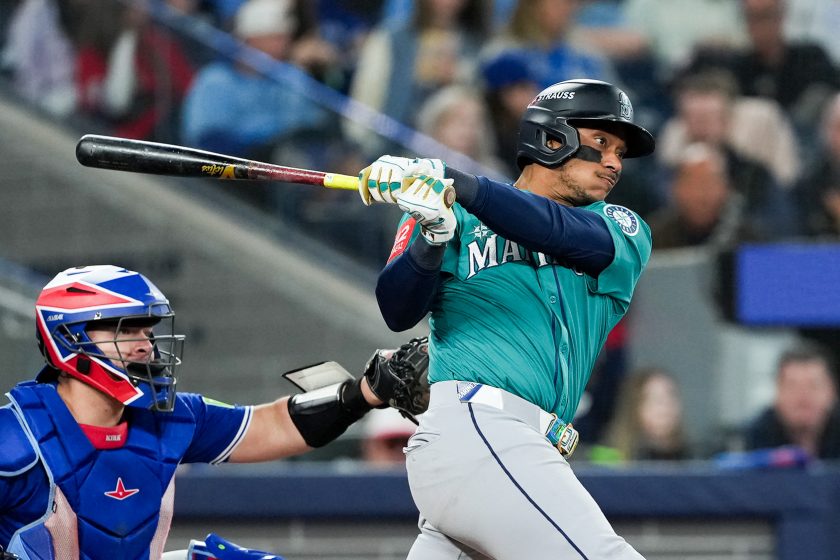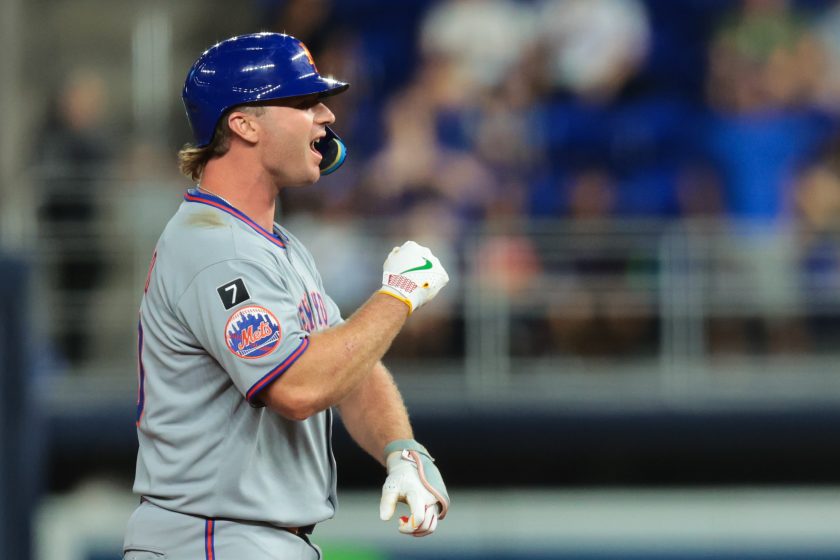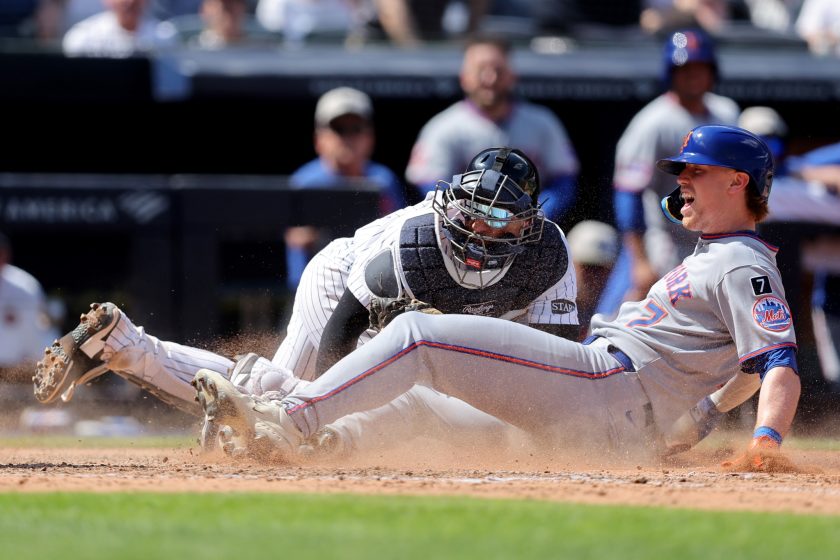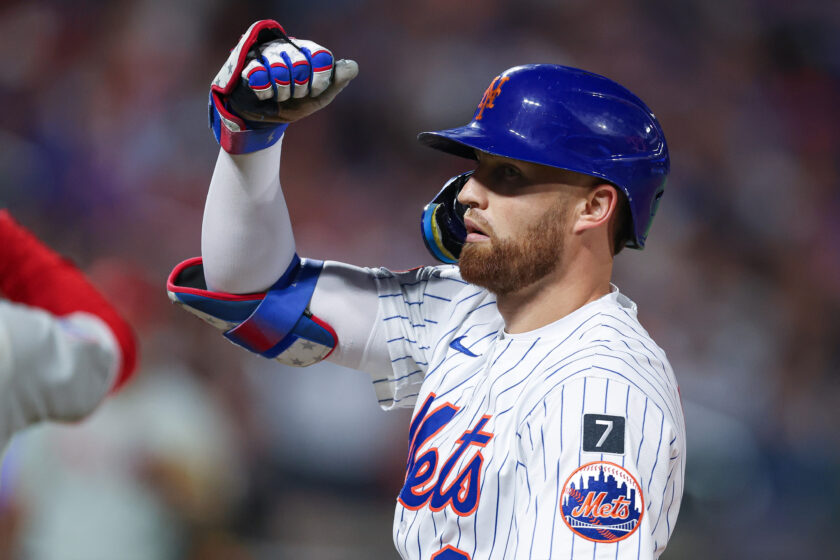Who Should The New York Mets Feature At DH?
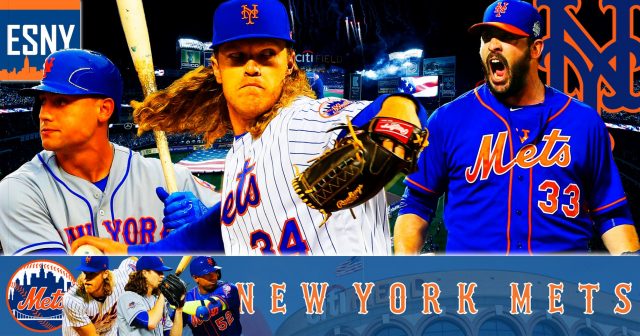
5. Daniel Murphy
Admittedly, Daniel Murphy is on a tear that puts Babe Ruth, Carlos Beltran, and Reggie Jackson to shame, homering in six straight games, an MLB postseason record, crushing seven homers in all. His collective 1.026 OPS in the playoffs, 1.294 in the NLCS, is unprecedented. He earned the NLCS MVP, hitting .529 with 4 home runs and six RBI, a tear that puts the Mets in a tight spot heading into free agency this offseason, when Murphy can walk.
There is no use questioning his bat any longer, especially since Murphy is a .288 career hitter, and in nine games, a .421 hitter in the playoffs.
[su_youtube_advanced url=”https://www.youtube.com/watch?v=9Pm-kBzbXUg”]But Murphy’s glove and range, despite some remarkable plays in the infield these last two rounds, remains a question mark, even more so now that the margin for error becomes that much slimmer against a Kansas City Royals’ team that is prone to playing small ball, stealing bases, and running the base paths unlike most can in the majors.
The Mets need to play flawlessly in the infield, and with Wilmer Flores already replacing Ruben Tejada at shortstop, the Mets’ defense up the middle is shaky, a cause for concern against a hungry Royals’ team, looking to avenge a seven game loss in the 2014 World Series to the San Francisco Giants, that can play a National League style of ball New York did not see at all against a Cubs team that could mash it, and then suddenly could not (at least not as prolifically) against a formidable Met rotation.
Why not help that rotation out by playing Kelly Johnson at second and Murphy at DH?
MVP, MVP, MVP! Watch the ceremony as Daniel Murphy was named NLCS Most Valuable Player: https://t.co/kkQZ39ITtr pic.twitter.com/8cIHx1slap
— New York Mets (@Mets) October 22, 2015
While casting Matt Reynolds out at shortstop so as to replace Flores is far too drastic—he does not have a single game of major league experience—replacing Johnson with Murphy, while still keeping the latter’s bat in the lineup, would not appear so earth-shattering.
To fortify the defense up the middle, the Mets may feature Juan Lagares in centerfield and Yoenis Cespedes in left, although taking Michael Conforto, who hit .275 against righties, five points above his season average, is a risk. Even so, Conforto is hitting 1-for-15 (.067) in the postseason, no different from what Lagares, who will most certainly outhit any pitcher on staff, might and can manage.
Certainly, though, Conforto could even act as the designated hitter with the Cespedes/Lagares combination in left and right.
No matter what, the Mets could ride this Murphy tear all the way to a championship, but they cannot understate the prevalence of defense in what projects to be a tight matchup with Kansas City.
I am an English teacher, music and film aficionado, husband, father of two delightful boys, writer, sports fanatic, former Long Islander, and follower of Christ.
Based on my Long Island upbringing, I was groomed as a Yankees, Giants, Rangers, and Knicks fan, and picked up Duke basketball, Notre Dame football, and Tottenham Hotspur football fandom along the way.

